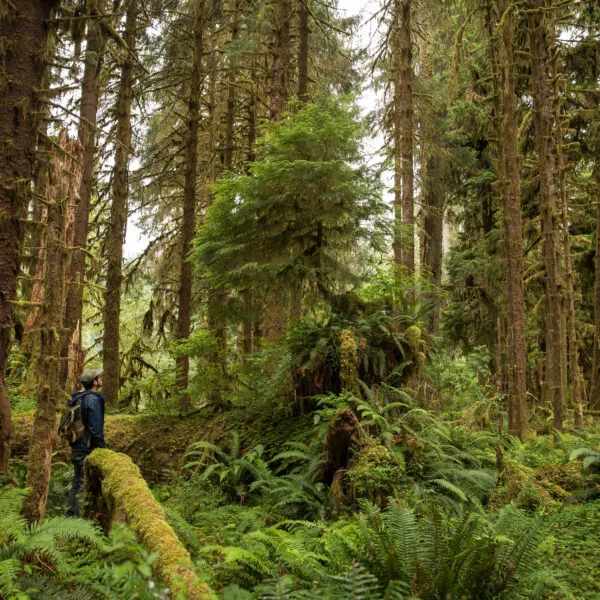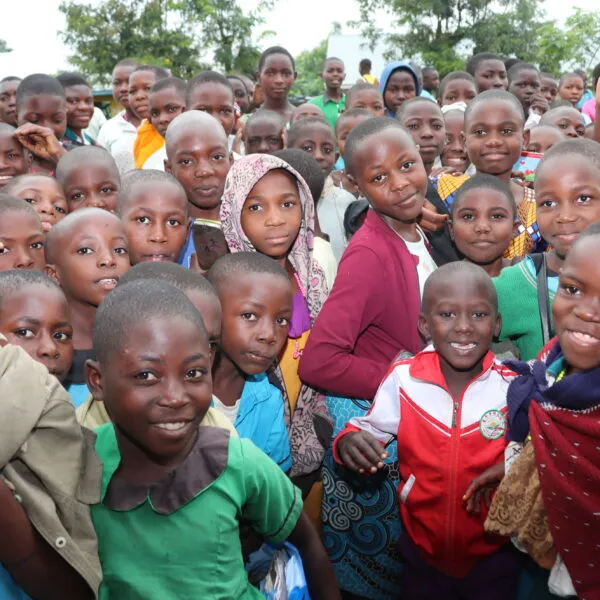Building Sustainable Marketing Models for Non-Timber Forest Products: A Critical Link to Environmentally Benign Socio-Economic Development in Extractive Reserves in Acre, Brazil
Heightened awareness of environmental destruction in the Brazilian Amazon has focused attention on developing environmentally benign land use practices which meet the socio-economic needs of local populations. The harvesting of non-timber forest products through community-based agroforestry and extraction is one strategy which may meet the strict requirements of development in tropical lands. A critical link to the success of these ventures is the ability of community organizations to reach markets and sell products profitably. While recent ventures have spearheaded marketing efforts in developing international markets for non-timber forest products, less research has analyzed local market structures for these products. Local markets, more familiar to community organizations and closer to home provide an opportunity for forest dwelling families to hone marketing skills before pursuing more distant markets.
Working in coordination with local non-governmental organizations and community organizations, Richard Wallace’s study will analyze the commodity marketing systems for non-timber forest products in two extractive reserves in Acre, Brazil. Through the analysis of the rural production systems and urban market structures for non-timber forest products, this study will help community organizations develop sustainable marketing models for non-timber forest products, providing crucial information to help families diversity and stabilize family income. These pilot models, developed by analyzing the diverse locations and resources of forest communities, will be used by other communities, adaptable to each community’s unique location and resources.


